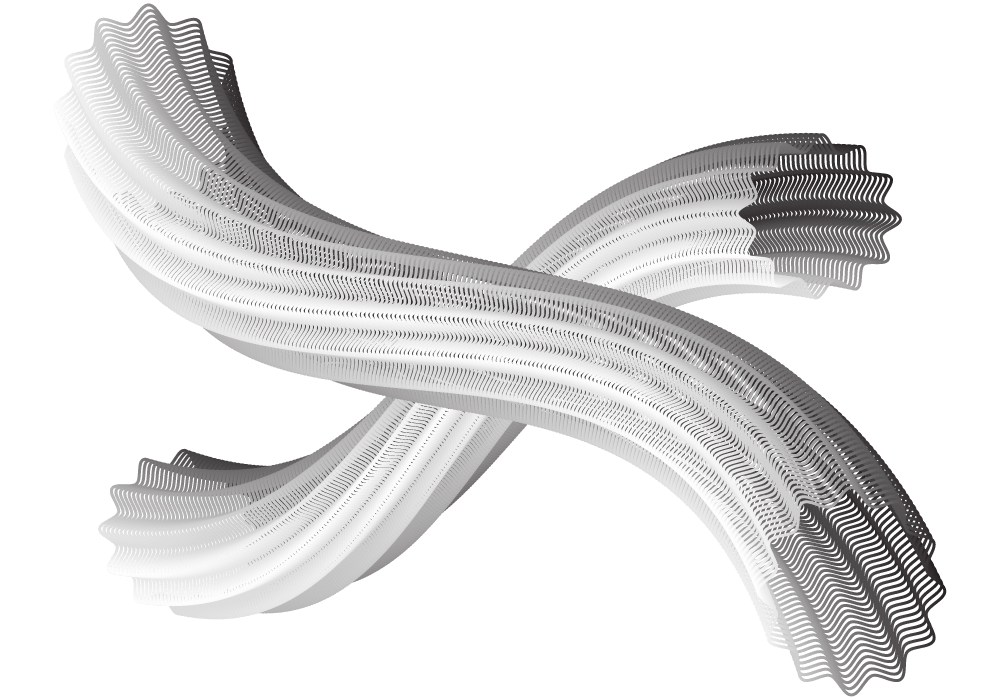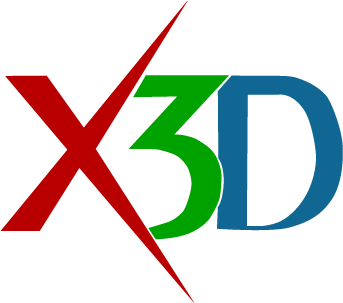
Web3D Consortium’s Monthly News Brief
BOX OF X3D
2020 Pandemic And Lockdown: How 3D Graphics Is Changing The World
January 2021 Highlights:
X3D versus COVID-19: How did we help?
COVID-19 crisis has demonstrated the creativity and innovation of our community in using OPEN technologies for distributed design, local manufacture, and real time connection. The US National Institutes of Health (NIH), a Web3D Consortium member, is providing helpful resources in this crisis. Check out the creative ways that NIH 3D Print Exchange 3D model sharing platform is supporting our healthcare system and improving treatments: From clinically-reviewed masks, face-shields, and ventilator parts to equipment lab equipment to door openers. The Web3D platform (and Extensible 3D (X3D) specifically) is helping distribute the knowledge and means for better global preparedness and response.
Power in numbers requires community: each of us bringing our diverse points of view and skills to a common problem. More than ever we are looking to technologies to help us medically, psychologically, and socially. While “Necessity is the Mother of Invention”, we can also say that “Chance favors the prepared”. The open-source DIY and Maker movements are increasingly using Web Standards and open graphics platforms to improve our response to the COVID Pandemic.
If anything, this crisis has demonstrated the creativity and innovation of our community in using these technologies for distributed design, local manufacture, and real time connection. For example, Web3D Consortium member, NIH through NIH 3D Print Exchange is providing such helpful resources in the COVID-19 crisis. Please check out the creative ways that this 3D model sharing platform is helping alleviate our healthcare system and improve treatments: https://3dprint.nih.gov/collections/covid-19-response . From clinically-reviewed masks, face-shields, and ventilator parts to lab equipment to door openers, the Web3D platform (and Extensible 3D (X3D) specifically) is helping distribute the knowledge and means for better global preparedness and response.
The NIH 3D Print Exchange provides an open, comprehensive, and interactive website for searching, browsing, downloading, and sharing biomedical 3D print files. The site also contains modeling tutorials, and educational materials about workflows. In-page X3D previews let you examine each model interactively and multiple download options are included.
Corona Virus proteins are available in X3D and other formats; download X3D models for local or outsourced 3D printing!
Here are some more X3D models of Magnetic rack for microtubes and Face Shield with Roof V2
Magnetic rack for microtubes and Face Shield with Roof V2.
When data is stored in an X3D file, it can be visualized with any X3D players across all hardware and operating system platforms. Geometric data and metadata can be written and read with open, non-proprietary tools. X3D acts as a central information representation that can route engineering/3D model information between diverse 3D applications. There are a number of workflows and tools to import and export data between X3D and other open and proprietary formats. For example, X3D is supported by the 3D printing software CURA software, NetFabb, and Shapeways; open tools like MeshLab and Blender (among others) support X3D model authoring and modification.
Here are some more X3D models:
The NIH 3D Print Exchange is a collaborative effort led by the National Institute of Allergy and Infectious Diseases in collaboration with the Eunice Kennedy Shriver National Institute for Child Health and Human Development and the National Library of Medicine
Web3D is a nonprofit organization that develops and maintains the X3D, VRML, and H-Anim international standards. These are 3D graphics file formats and run-time specifications for the delivery and integration of interactive 3D data over the Web. Web3D Consortium members work together to produce open, royalty-free and ISO-ratified capabilities for the Web.
Join the Consortium and have access to Industry-wide perspectives to help make informed strategic decisions and build your next open 3D application! There are many benefits that come with Web3D membership. Our marketing website, WebX3D.org and our series of educational Webinars on X3D technology helps you get started with X3D. Learn more about our Working Groups and other initiative in our Newsletter.
X3D is your hub for publishing 3D data. A higher-level language to compose several 3D assets into a meaningful 3D Web applications for publishing 3D with interactivity. Check out Web3D member use cases and join this innovative 3D graphics community.

Web3D Consortium is a nonprofit organization that develops and maintains the X3D, VRML, and HAnim international standards. These are 3D graphics file formats and run-time specifications for the delivery and integration of interactive 3D data over networks. Web3D Consortium members work together to produce open, royalty-free and ISO-ratified capabilities for the Web. For more information please contact us at contact@web3d.org. Follow us on twitter @web3dconsortium and get updates at Web3D News and Events.
Web3D Webinars | Web3D Standards | X3D Examples | Learn X3D | Newsletter









